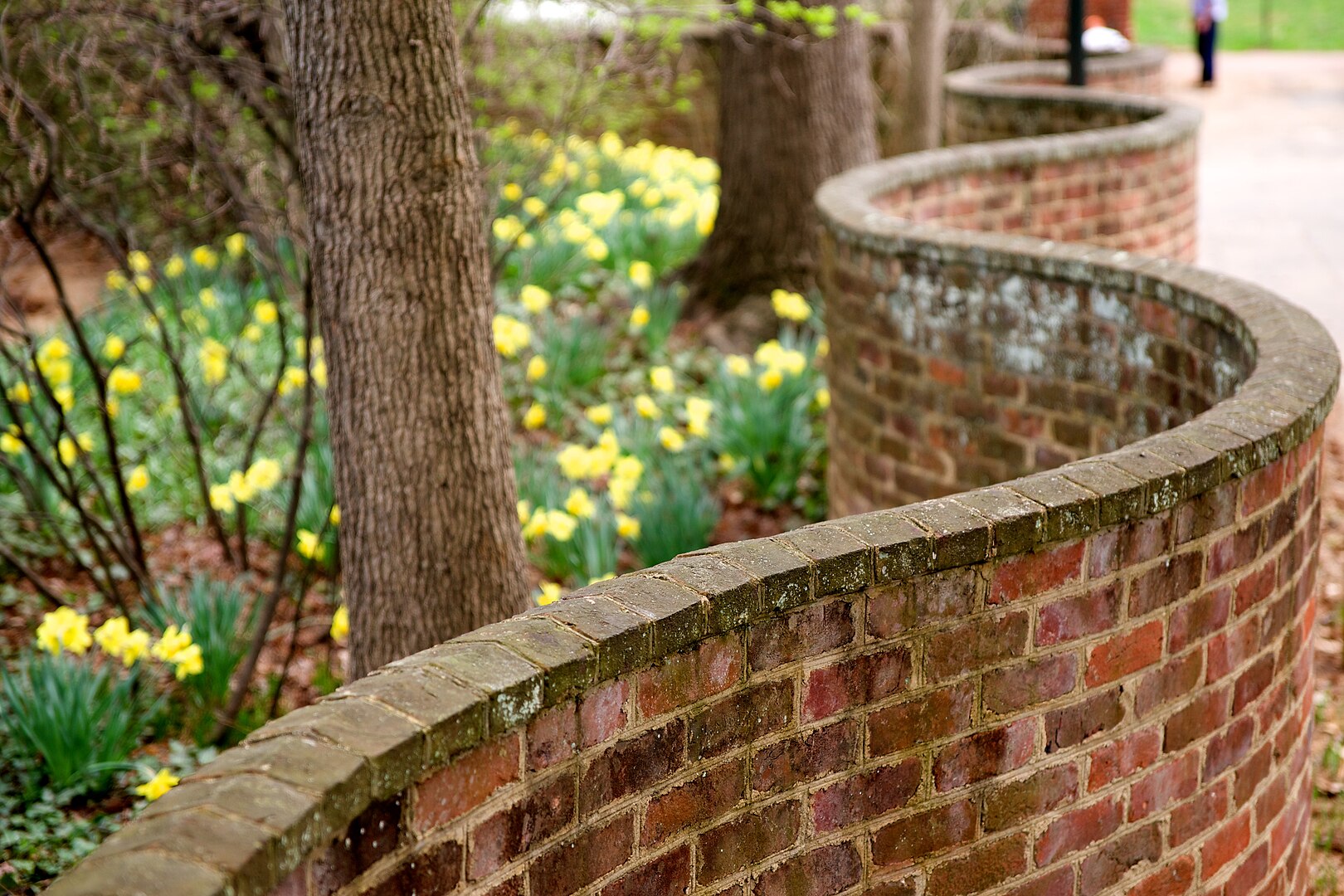Originating in the United Kingdom and now making their way across oceans to the United States, these whimsical structures known as crinkle-crankle garden walls have captured the imagination of many. What makes them truly fascinating is their cost-effective nature, defying logic with their efficient use of bricks. At first glance, it might be hard to believe. How can wavy walls require fewer bricks overall than their straight counterparts? The answer lies within their design.
While a straight wall, if reduced to a one-brick width, would crumble under its own weight, wavy walls find stability through their graceful curves. By utilizing the stability created by these undulations, the walls minimize the need for bricks. This ingenious solution not only showcases the artistry of architecture but also offers practical benefits.
The aesthetic appeal of wavy walls cannot be denied. Their undulating curves add a touch of elegance and charm to gardens and parks. Furthermore, these walls can create alcoves that are perfect for growing fruit trees, making them a functional and visually appealing addition to any outdoor space.
Interestingly, wavy walls also have a historical significance. In 18th century England, they were primarily used for fruit cultivation. Their orientation, built from east to west, ensured that one side always faced the south, maximizing sun exposure and promoting optimal fruit growth. The origins of wavy walls can be traced back to the Dutch engineers who drained the marshes of The Fens in the 17th century. These engineers are believed to be the original builders of serpentine walls in the UK. The Dutch referred to them as “slangenmuur,” meaning snake walls.
While wavy walls have practical and aesthetic benefits, they have also been recognized for their strategic advantages in defense. The unique design of these walls forces attackers to break their formation, making them vulnerable to counterstrikes from defenders. This historically proved to be an effective defense mechanism.



The allure of these captivating structures extends beyond their historical significance. Even today, new wavy walls are built, paying homage to the distinctive Suffolk style or becoming unique additions to modern housing developments.
Wavy walls offer a cost-effective and visually appealing alternative to traditional straight walls. Their historical significance, functional advantages for fruit cultivation, and strategic benefits in defense make them a fascinating architectural feature. Whether you appreciate their charm, their practicality, or their historical context, wavy walls continue to captivate the imagination of those who encounter them.

